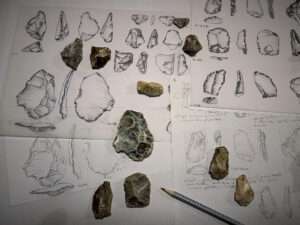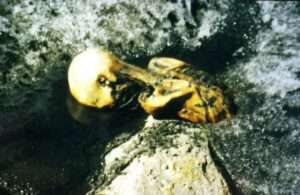Researchers have found out that humans have been using bear skins to protect themselves from cold weather conditions for at least 300,000 years.
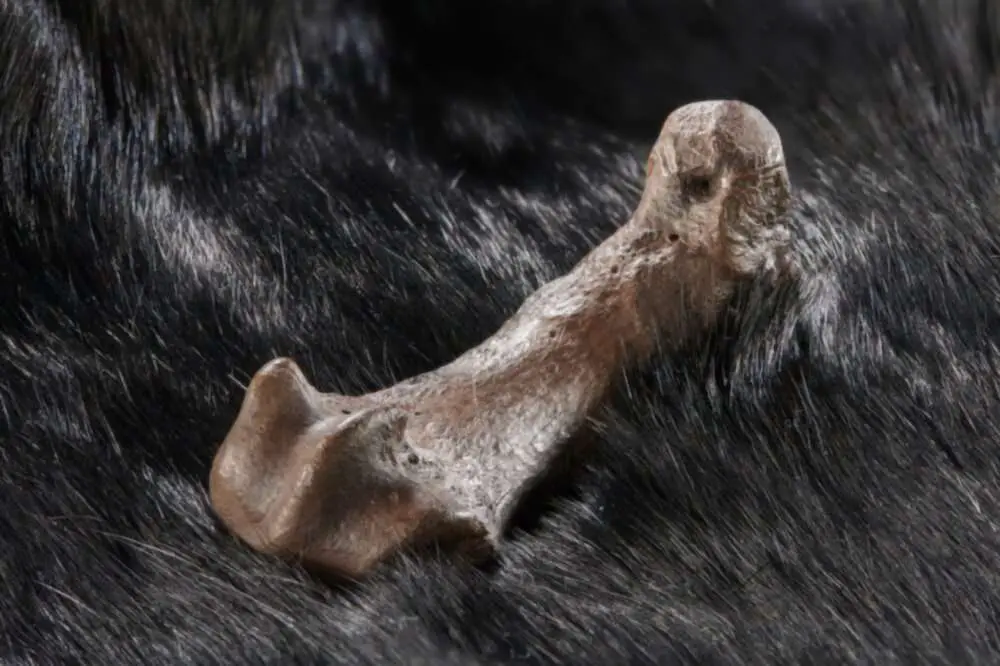
The archaeological team from the University of Tuebingen analysed cut marks on a cave bear’s paw bones found at the Lower Paleolithic site of Schoeningen, in Lower Saxony, Germany.
Scientists from the Senckenberg Centre for Human Evolution and Palaeoenvironment (SHEP) in Germany and the Leiden University in the Netherlands, were also included in the study involving one of the world’s oldest cave bear examples.
State Heritage Office of Lower Saxony researcher Ivo Verheijen said in a statement obtained by Newsflash from the University of Tuebingen: “Cut marks on bones are often interpreted in archaeology as an indication of the utilisation of meat.
“But there is hardly any meat to be recovered from hand and foot bones.
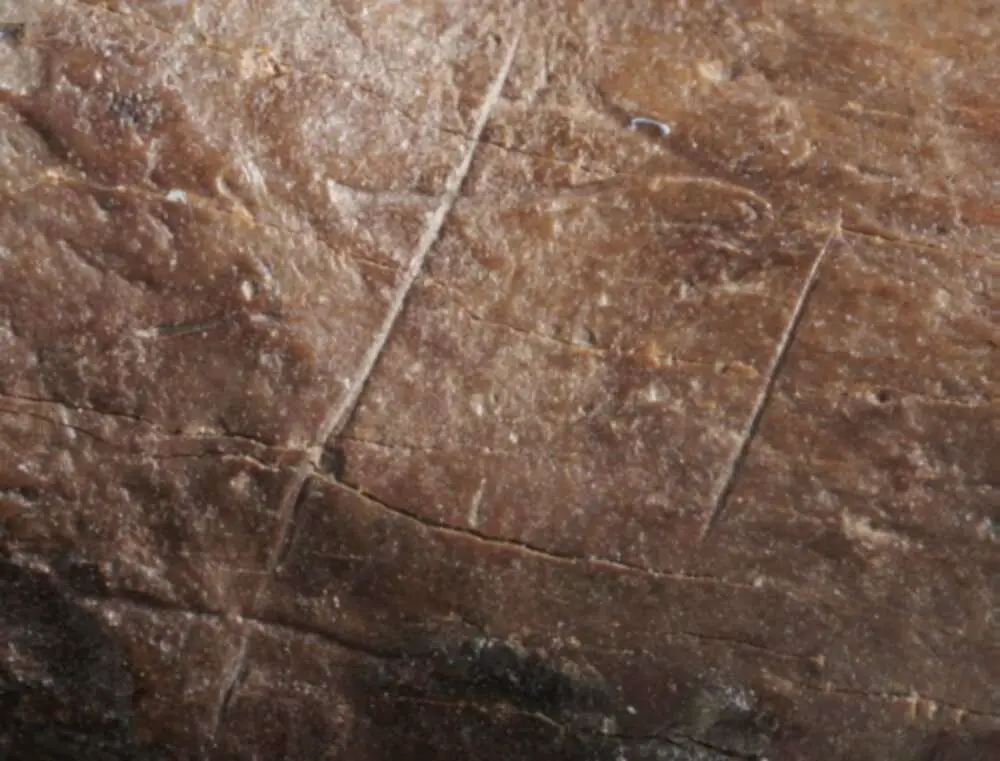
“In this case, we can attribute such fine and precise cut marks to the careful stripping of the skin.
“These newly discovered cut marks are an indication that about 300,000 years ago, people in northern Europe were able to survive in winter thanks in part to warm bear skins.”
Verheijen explained how the skins were obtained and added: “Schoeningen plays a crucial role in the discussion about the origin of hunting, because the world’s oldest spears were discovered here.”
He revealed that according to certain indications, people of that time hunted bears and said: “If only adult animals are found at an archaeological site, this is usually considered an indication of hunting – at Schoeningen, all the bear bones and teeth belonged to adult individuals.”
In order to make proper use of the skin and preserve its hair, ancient hunters used to remove it shortly after the animal’s death.
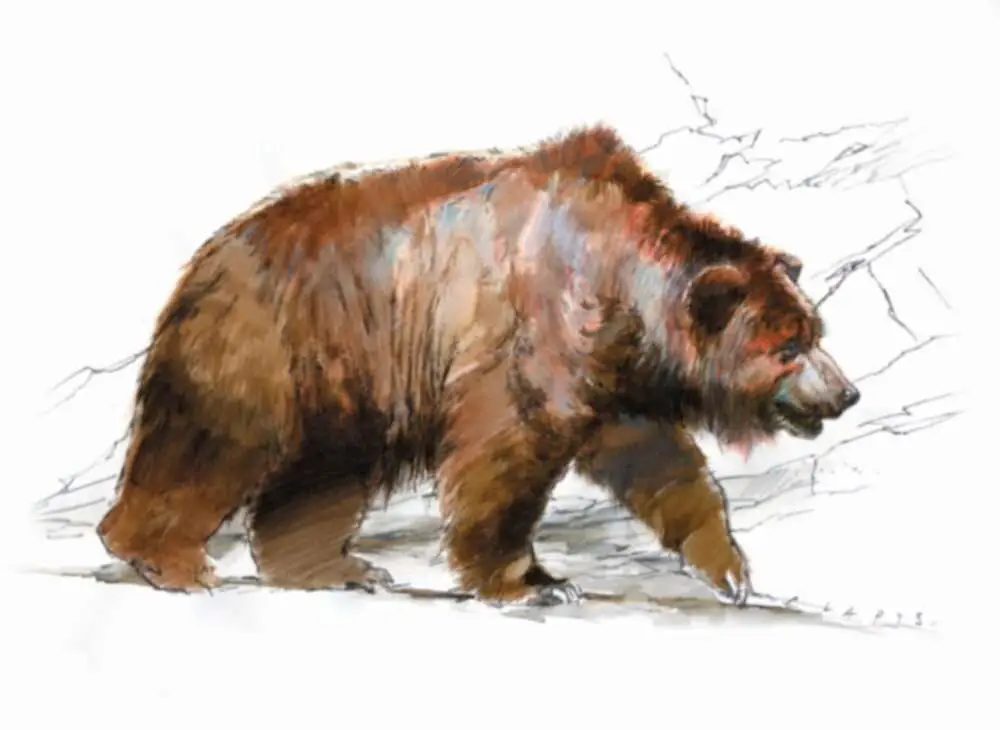
Verheijen said: “Since the animal was skinned, it couldn’t have been dead for long at that point.”
Head of the Schoeningen research project, professor Nicholas Conard explained that the location of the cut marks indicates that the cave bears were also exploited for their skins.
Conard said that the use of bear skins was a key adaptation mechanism to early humans surviving the brutal northern climate and said: “So animals were not only used for food, but their pelts were also essential for survival in the cold.”
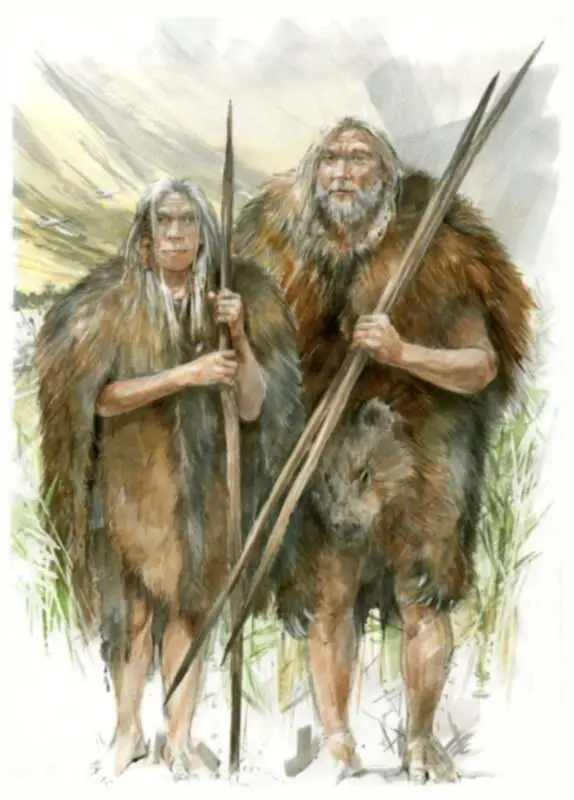
The study, which was funded by the Lower Saxony Ministry of Science and Culture, was published in the monthly peer-reviewed scientific ‘Journal of Human Evolution’ on Friday, 23rd December.

